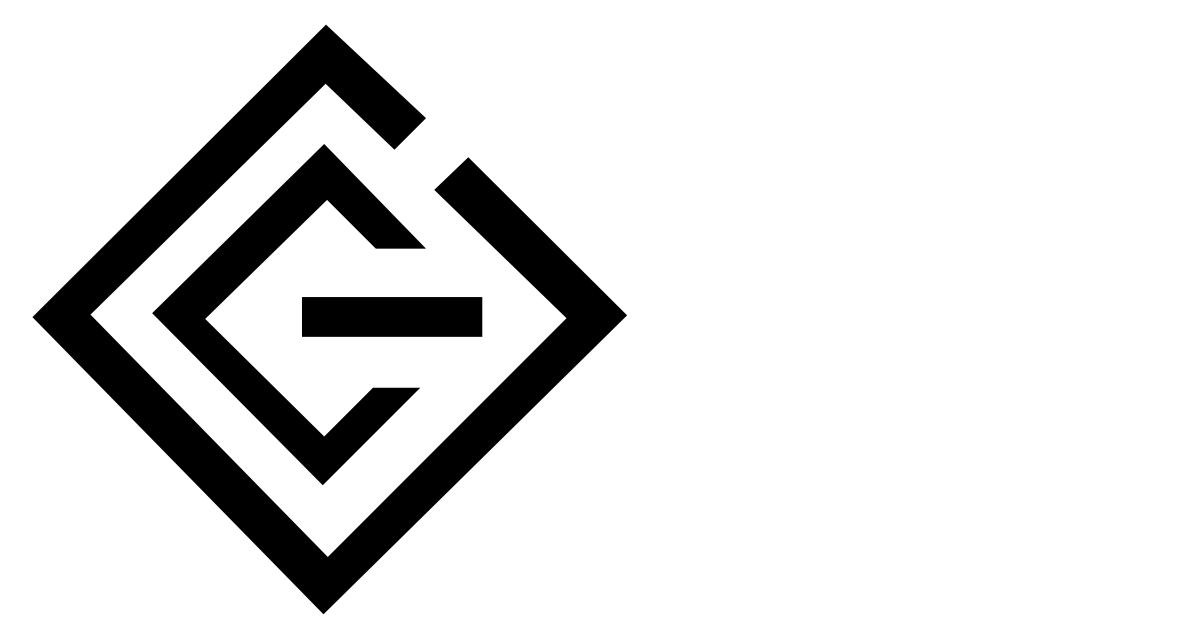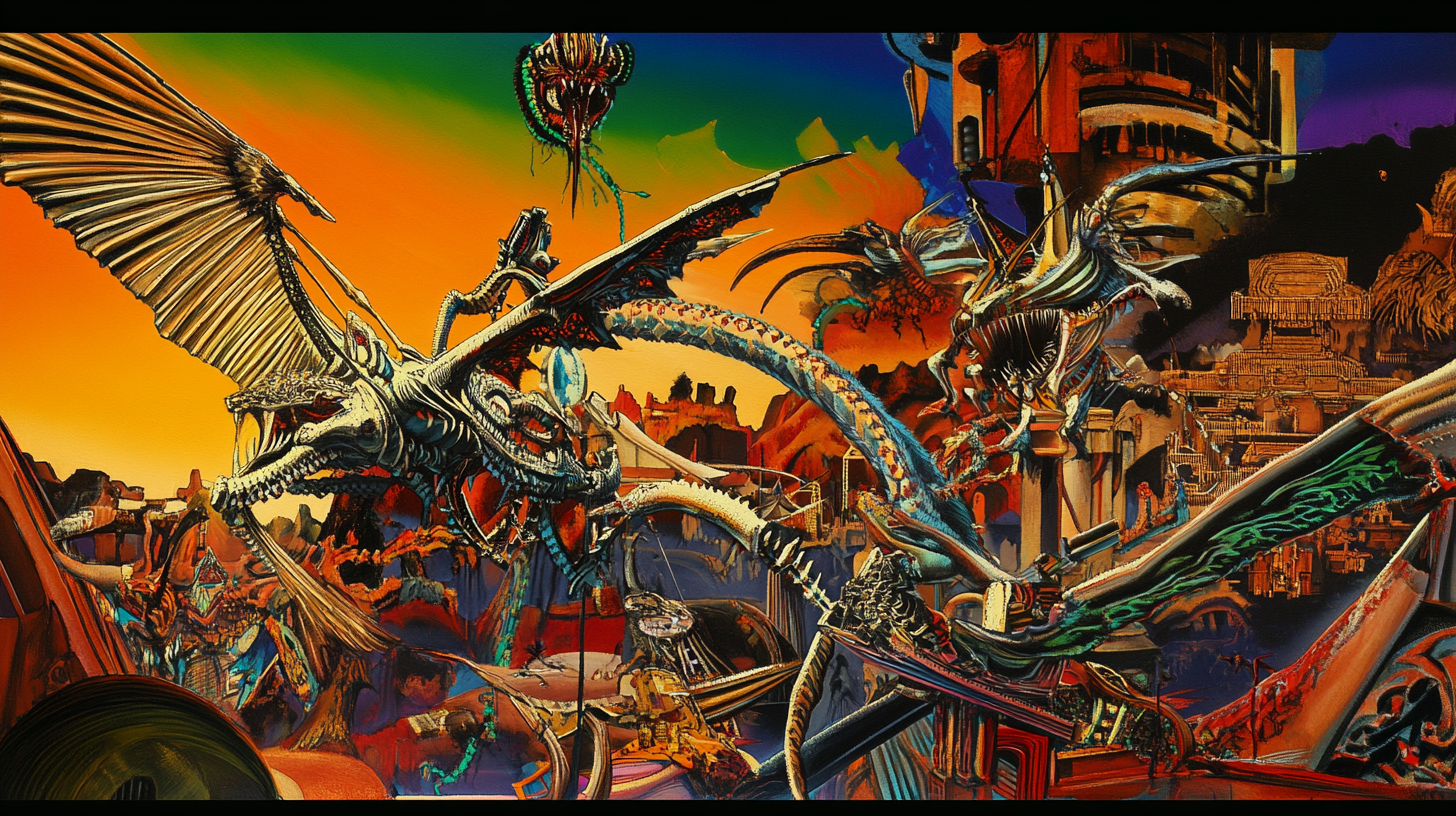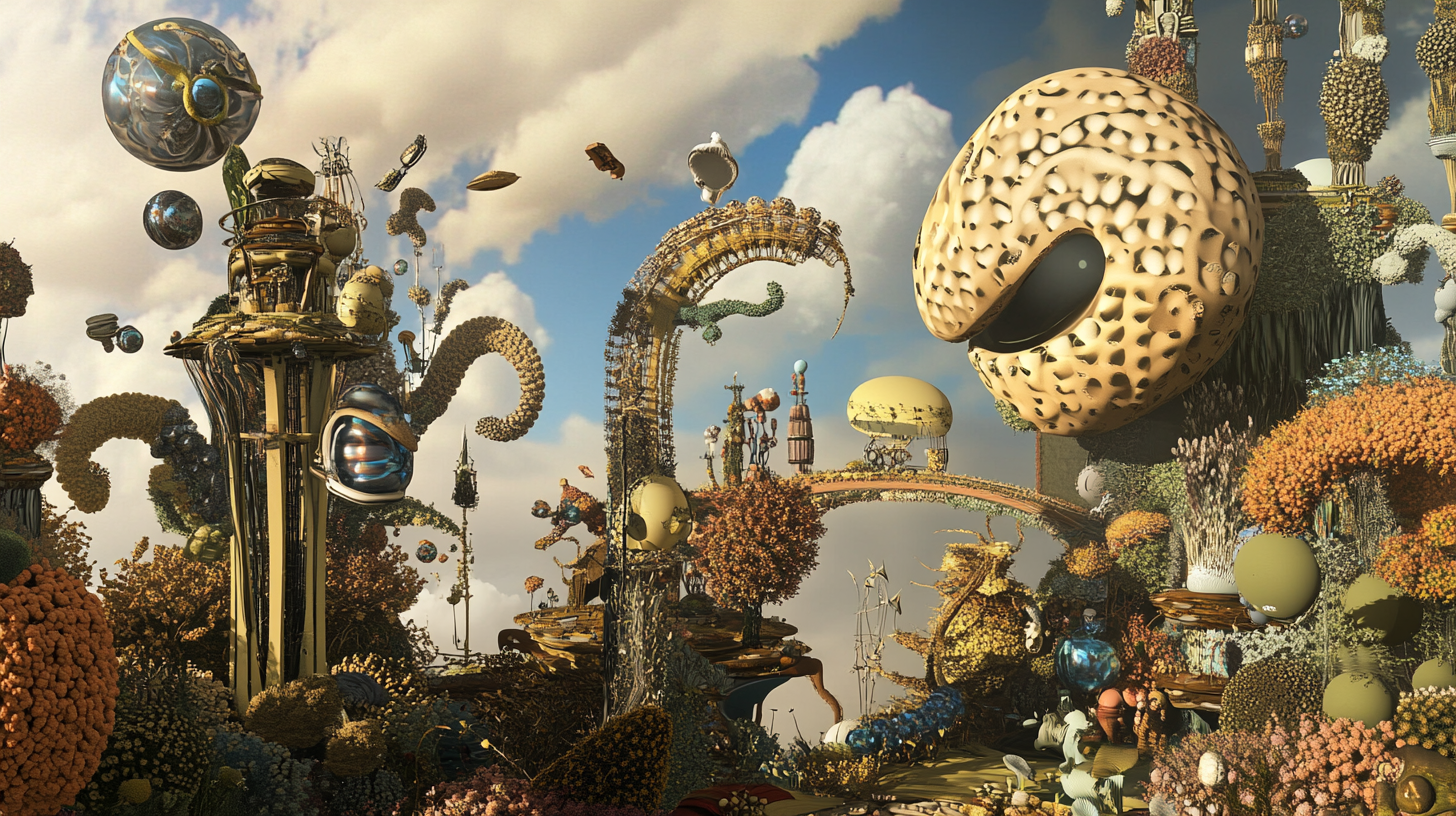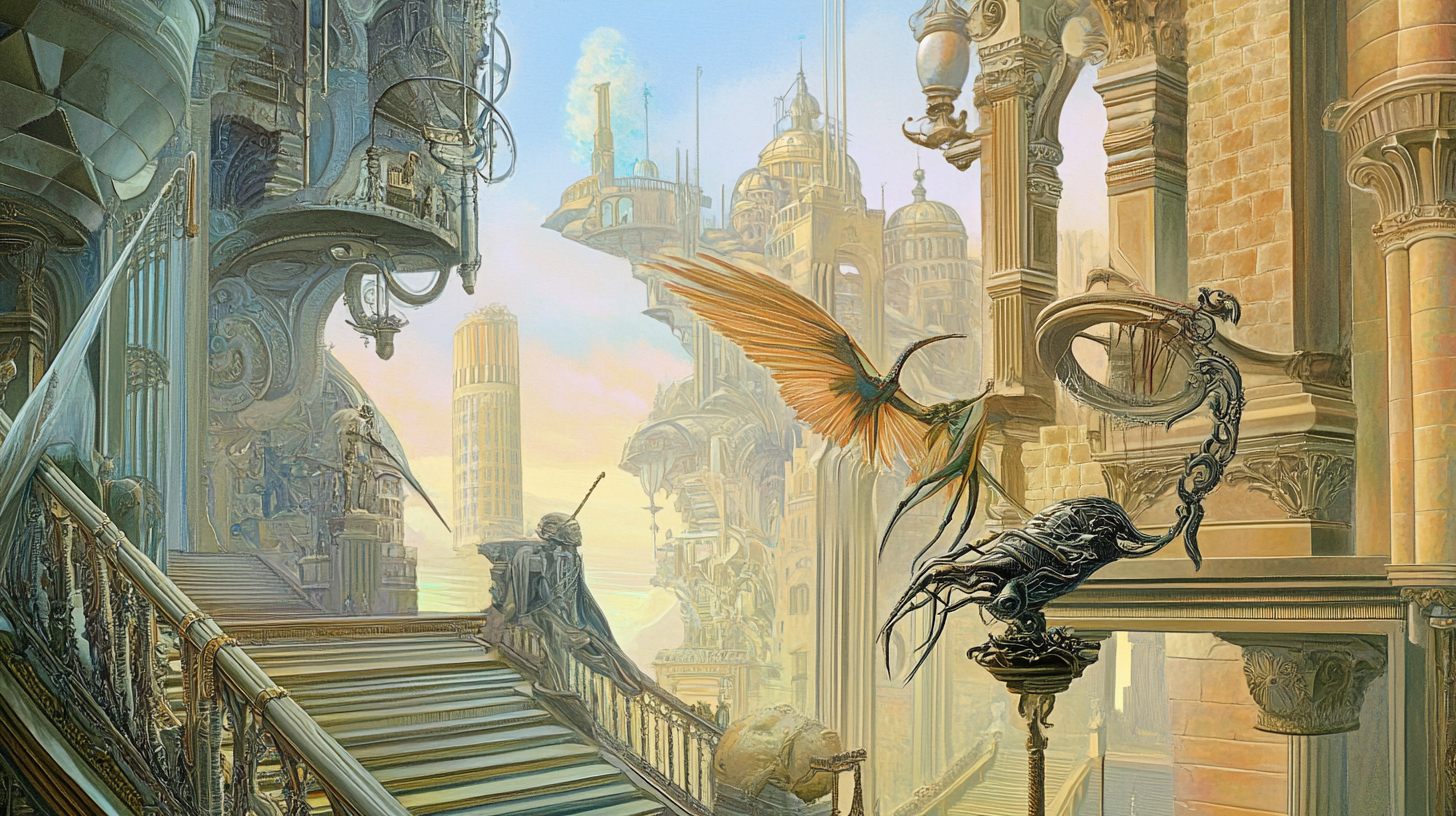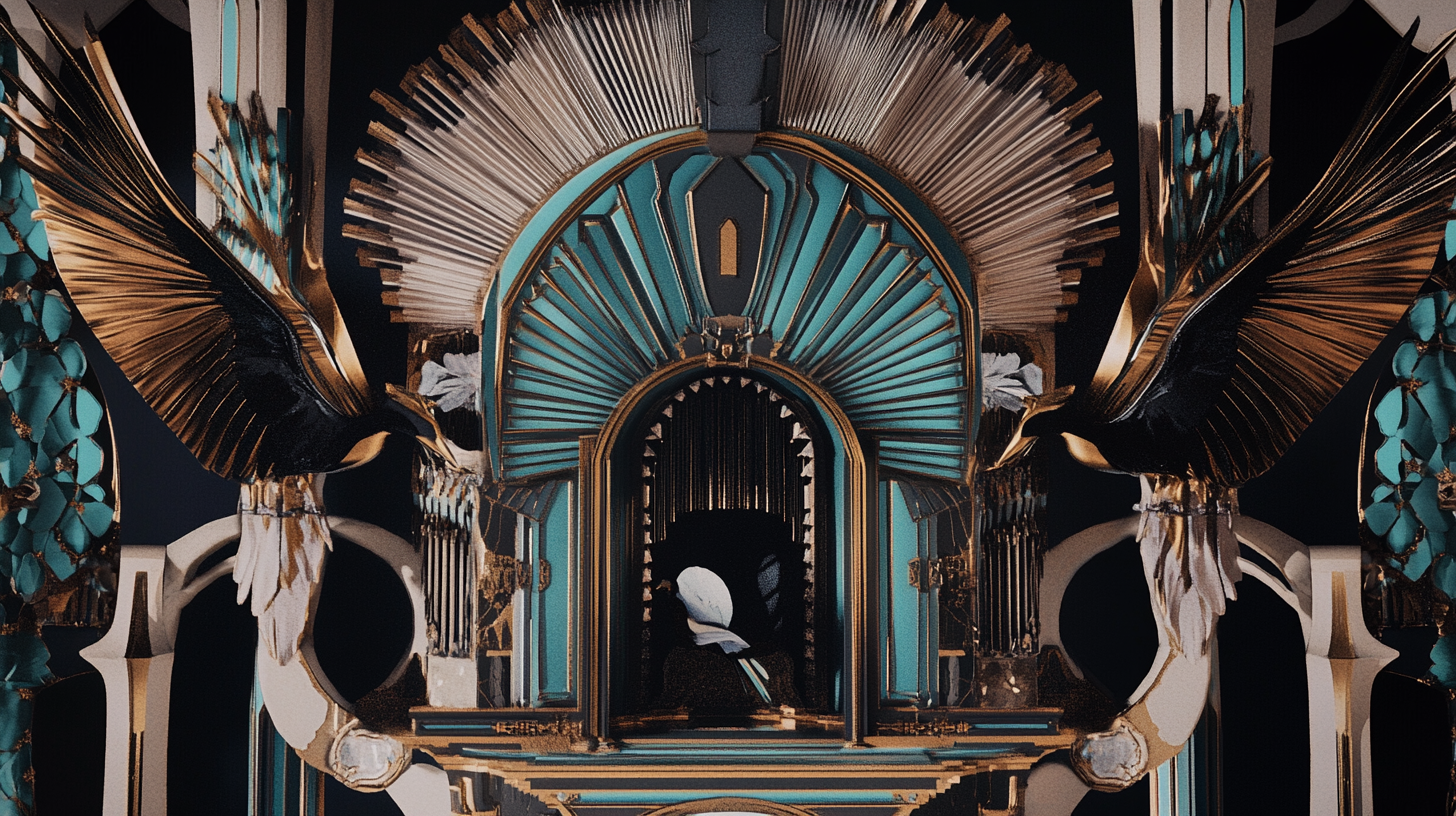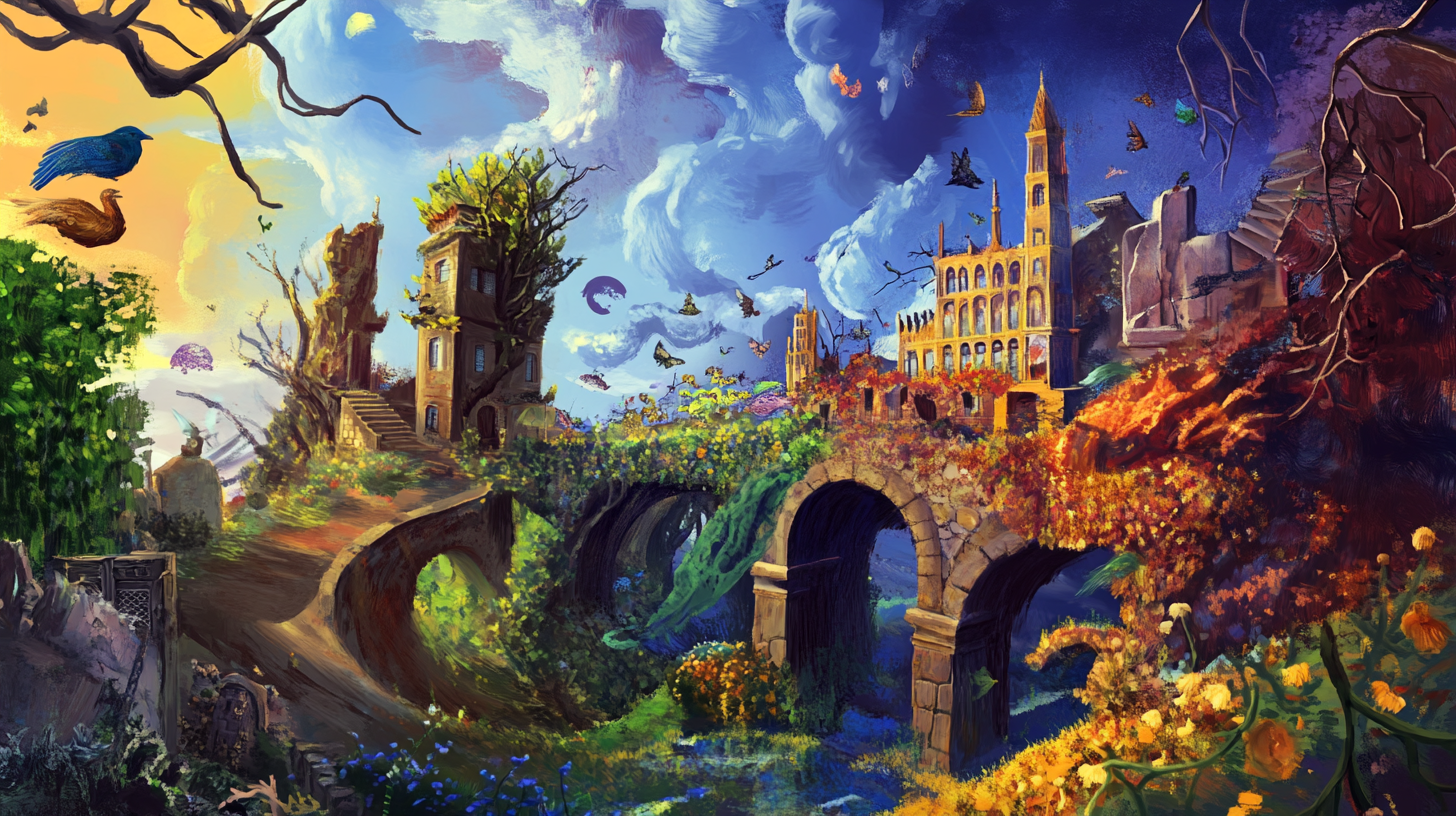Lyrical Abstraction
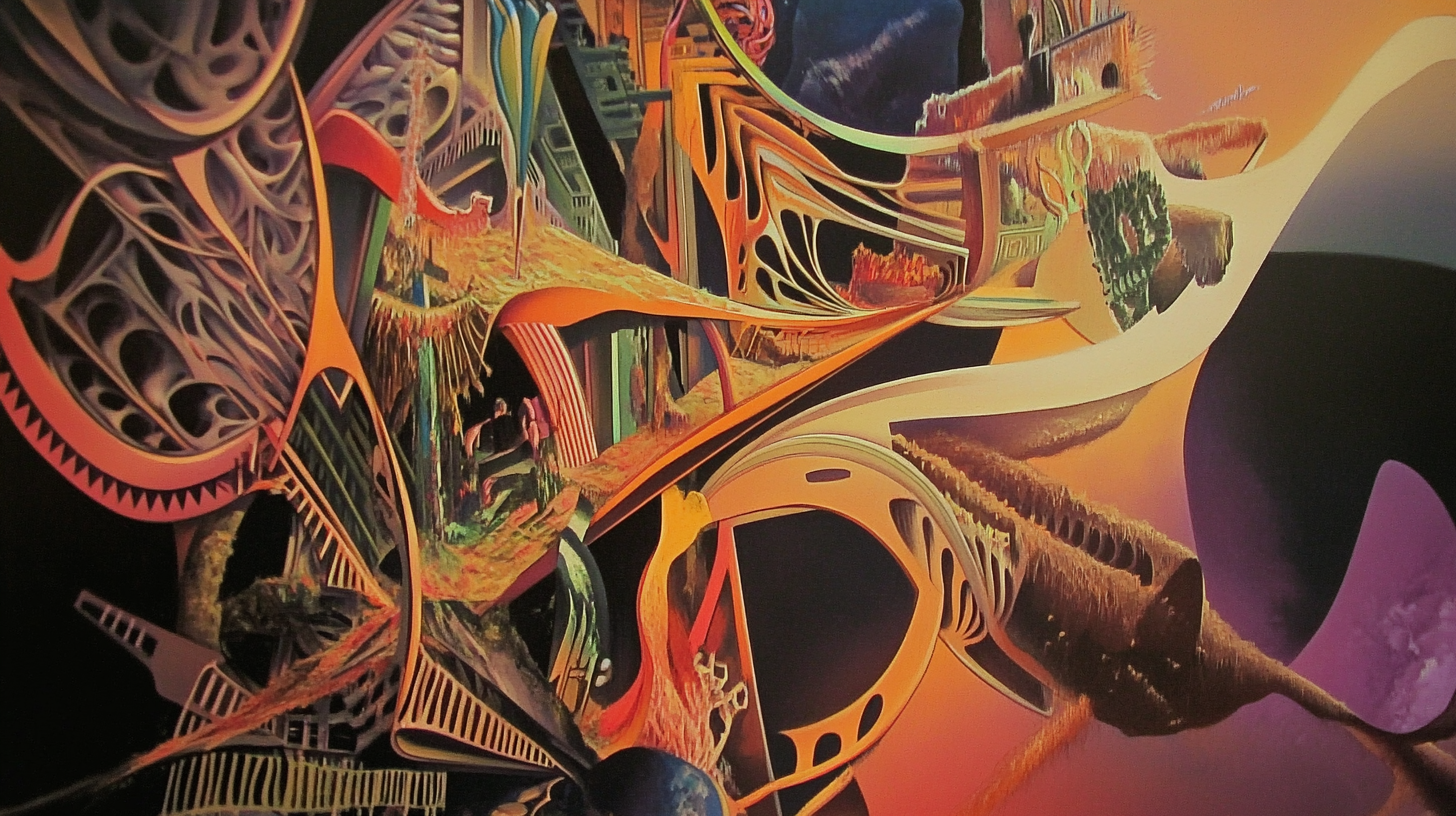 AI-Generated ImageAI-Generated Image
AI-Generated ImageAI-Generated Image Lyrical Abstraction is a post-war art movement that celebrates emotion, spontaneity, and expressive motion through flowing brushwork, vivid color, and non-representational form. Emerging between the 1940s and 1960s, it arose as a poetic counterpoint to geometric abstraction and rigid formalism, bridging the space between Abstract Expressionism and Color Field painting. Revived today through the Output.GURU AI creative generator, AI lyrical abstraction channels that same free, intuitive energy into AI-generated art, blending digital fluidity with the human impulse for expression and inner harmony.
The style is characterized by gestural marks, flowing compositions, and a sense of visual rhythm—akin to painting as a kind of visual music or emotional release. Unlike conceptual or structured art, Lyrical Abstraction focuses on inner feeling, improvisation, and the beauty of the act of painting itself.
In digital or AI-generated contexts, Lyrical Abstraction evokes atmospheric, expressive, and painterly results, ideal for art that seeks to capture motion, mood, and the subconscious in freeform, non-linear ways.
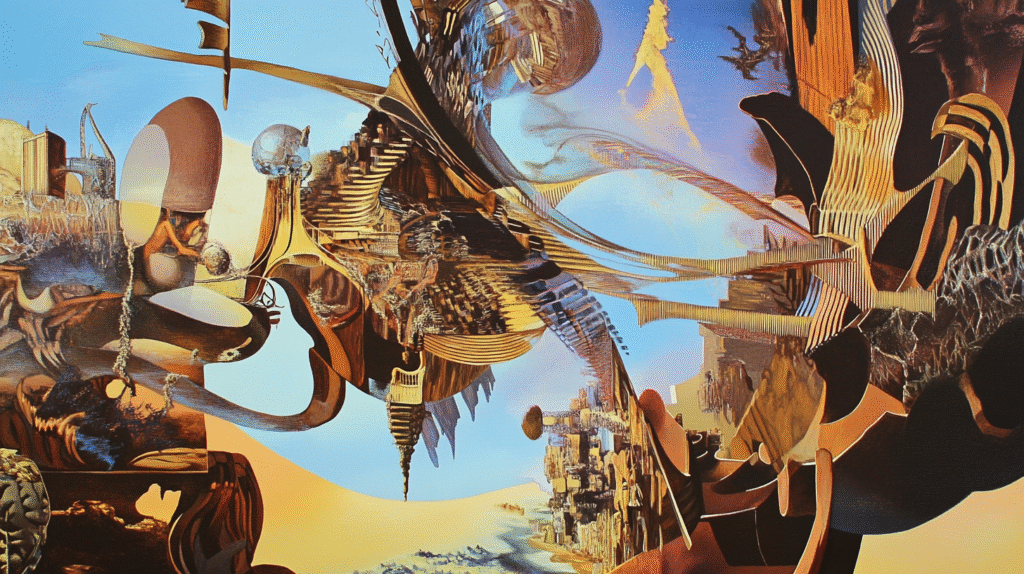 AI-Generated Image
AI-Generated Image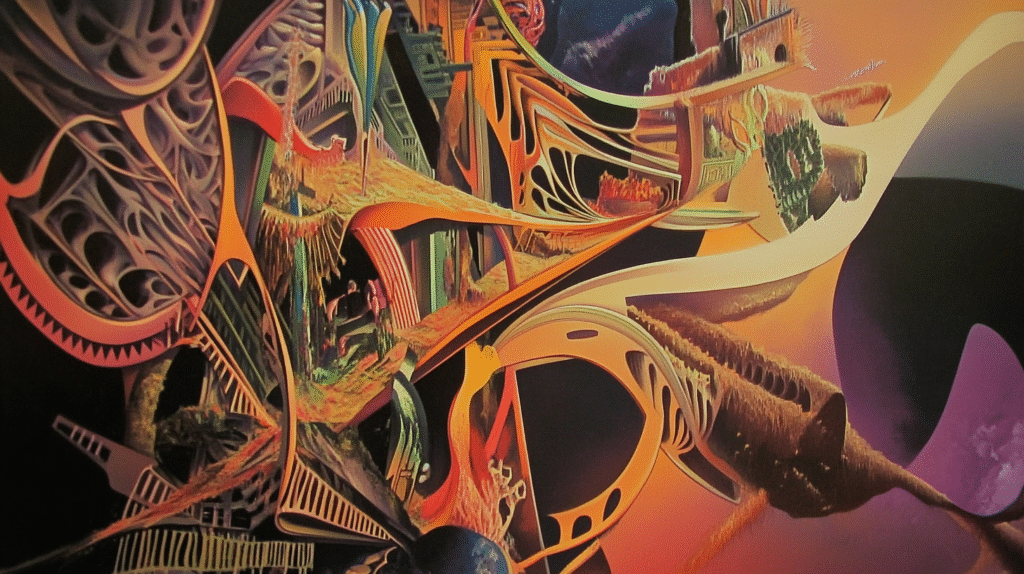 AI-Generated Image
AI-Generated Image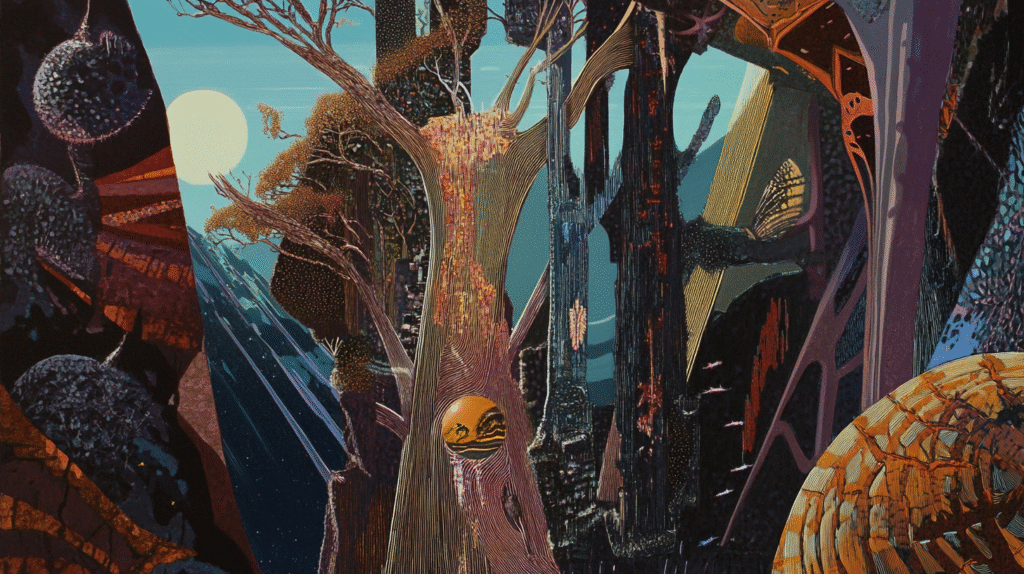 AI-Generated Image
AI-Generated Image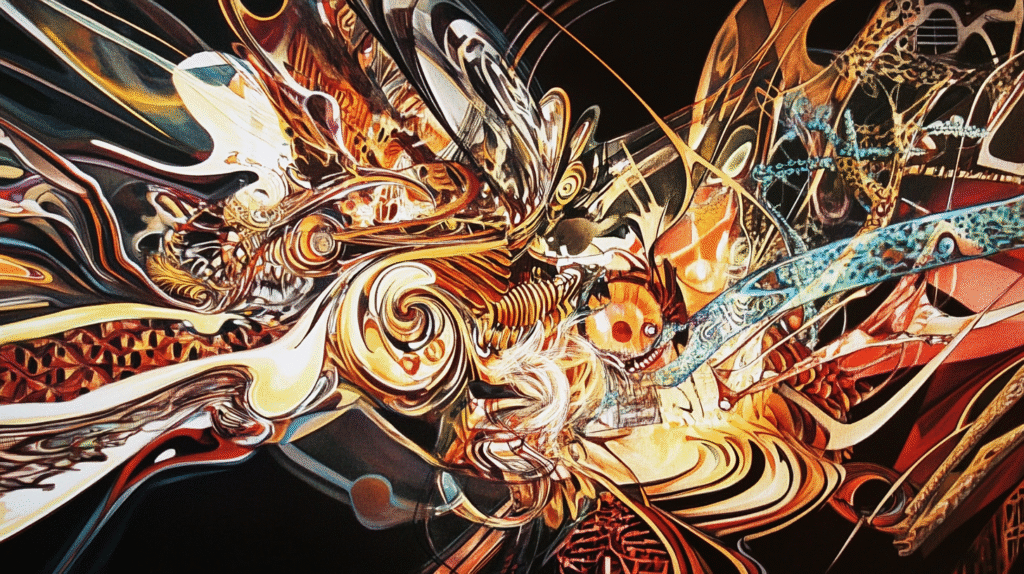 AI-Generated Image
AI-Generated ImageFrequently Asked Questions
What is Lyrical Abstraction?
Lyrical Abstraction is a post-war art style that emphasizes emotion, spontaneity, and expressive movement through fluid brushwork and vibrant color.
When did Lyrical Abstraction emerge?
Lyrical Abstraction emerged in the 1940s–60s as a response to geometric abstraction and rigid formalism.
How does Lyrical Abstraction differ from other art styles?
Unlike conceptual or structured art, Lyrical Abstraction focuses on inner feeling, improvisation, and the beauty of the act of painting itself.
